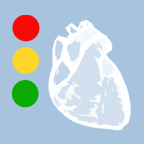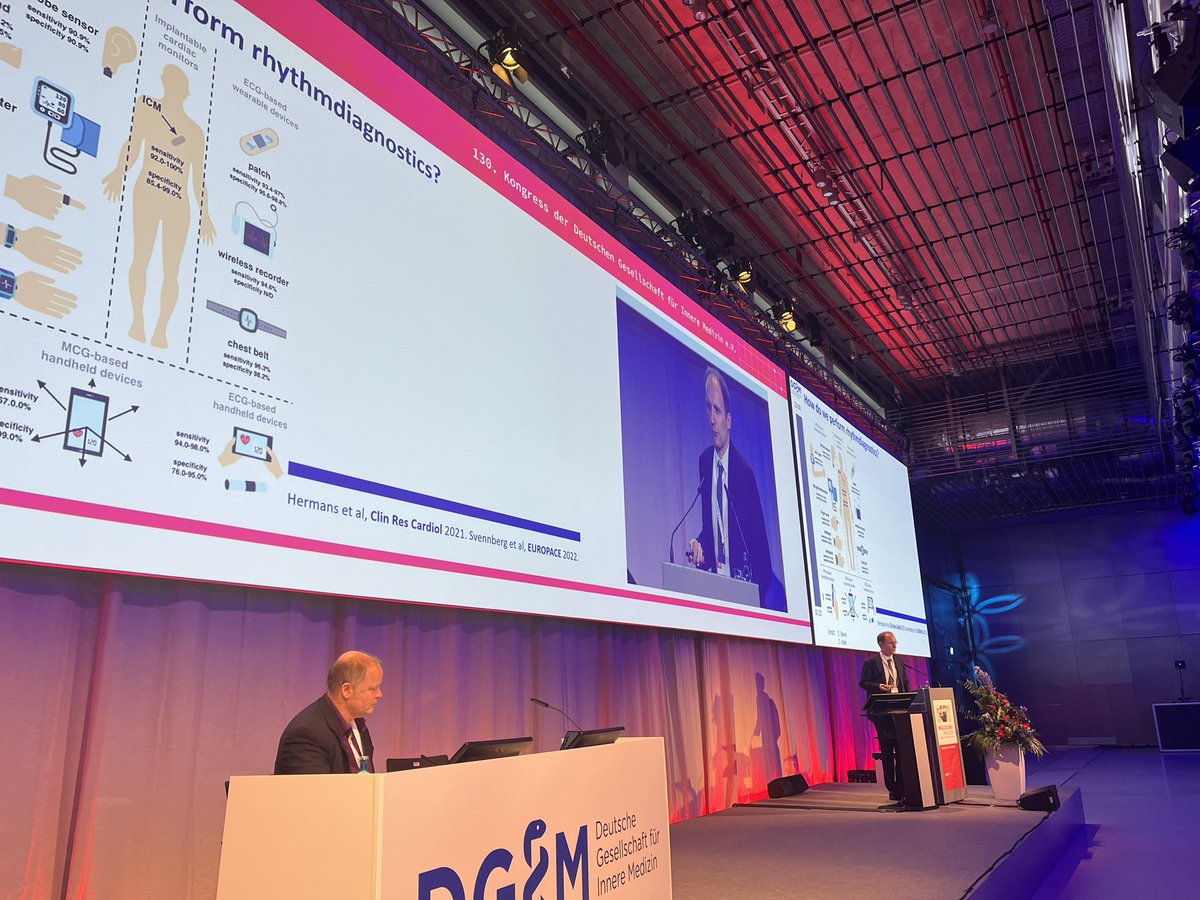



Dr.Fujisawa@ECGマイスター 循内以外の症状なしの初回Wenckebach Ⅱ°AVBはうちの検査室でも報告するか意見が割れます。
覚醒時に記録した際にWenckebach Ⅱ°AVB を認めた際には一度ホルターで就寝時にCAVBとかに移行してないか確認した方がいいのでは?と思うので私は報告をと考えるのですが、報告不要派の人もいまして…。

Dr Joshua Walinjom Inferior MI because of the ST elevations leads II and III.
Wenckebach phenomenon in v1-6?
Right coronary artery
Treatment: MONA
I hate ECGs 😅😅



John Shields, MD, FAAOS Many medications increase the QT interval with an incremental dose-dependent non-linear hike in the probability of arrhythmia such as Wenckebach 😉.

#dgimkongress 2024 in Wiesbaden
Vielen Dank für die Möglichkeit die
„Karel Wenckebach Lecture“
zu halten!
Eine echte Ehre 🙏
DGIM
Daniel Steven Kevin Vernooy



Rhythmusdiagnostik zu jedem Zeitpunkt? Perfekte ‚Karel Wenckebach Keynote lecture‘ von Dominik Linz beim #DGIM : Viele Antworten bei verbleibenden Fragen zur OAK. EP_Bot Philipp Sommer Arian Sultan AGEP











